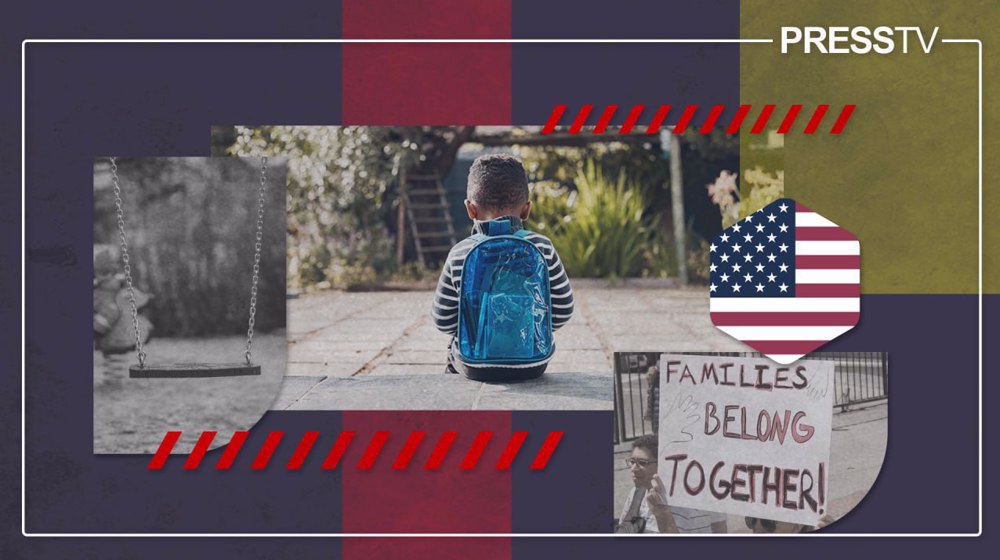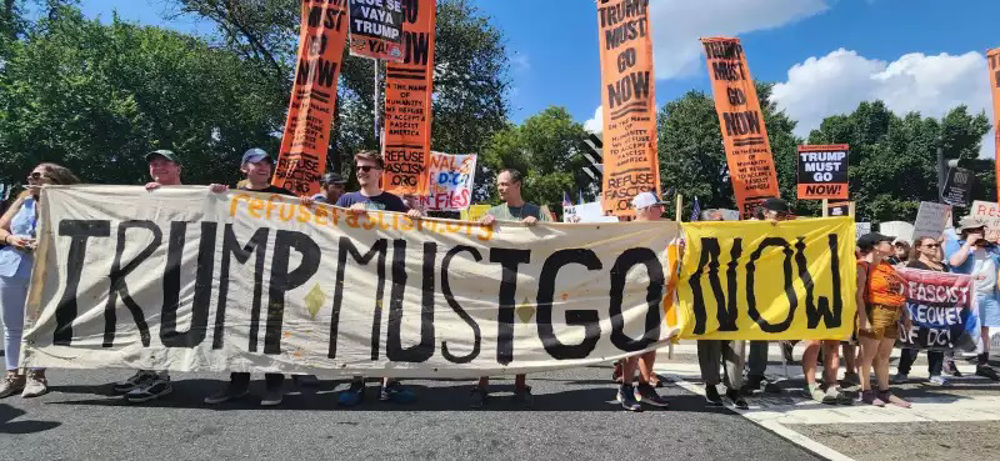A taciturn lone wolf in a tactical theater
Wolves attack in packs but there are a few castouts who have left or been excluded from their pack: the stronger, more aggressive, hunt-savvy lone wolves -- but outside of the animal kingdom, lone wolf is becoming an abused metaphor or a convenient myth for every terrorist act that Western authorities lacked the strategic perspective to see coming.
Experts still have no universal consensus over the definition of terrorism, let alone its newest and trendiest ever-increasing realization: the so-called lone wolf terrorism. The misnomer fails to delineate the escalating phenomenon as the agents of such attacks are not as reserved and taciturn as the term implies or the authorities want to project. A rough definition of terrorism is any act of violence directed at civilians as “a theatrical act to coerce the public discourse to achieve some goals,” but these goals were not always this gruesome and their audience were not always this massive before the internet and social media. This godforsaken theater is gaining momentum due to the failure of the broken model of counter-terrorism policies and prevention strategies of the West, despite all the energy and cash poured into it.
The bureaucrats, policymakers, reporters, and academics who are beneficiaries of the funds earmarked for the task are using the term lone wolf terror as a mechanism to rationalize this narrative that there is no way to predict the who and when of the next solo perpetration because they are done by loners who are not connected to extremist networks. According to US Department of Homeland Security data, lone wolves have carried out just two of the 1,900 most deadly terrorist incidents during the last four decades and none of the 40 most lethal attacks has been committed by a person unaffiliated with an extremist group.
Sociologist Michael Kimmel -- in his 2013 book Angry White Men: American Masculinity at the End of an Era – says the term was made popular by white supremacists Alex Curtis and Tom Metzger in the 1990s; however, pretty much everybody in the field agrees that George Metesky -- later known as Mad Bomber -- who began planting pipe bombs around New York City in 1940 and was not captured until 16 years and 33 bombs later, was a solo terrorist who certainly fits the category. Terrorism expert Brian Michael Jenkins of the RAND Corporation prefers the term stray dog since they are “sniffing at violence, vocally aggressive but skittish without backup," US President Barack Obama calls them lone actors – a more technical wording – suggesting that they operate without links to any group or state, and Homeland Security Secretary Jeh Johnson says they are “self-radicalized” without any ideological support from their communities.
There is no such thing as self-radicalization, Jesse MacLean, with the Balsillie School of International Affairs in Canada, says, arguing that these lone actors are linked to other extremists but seem to act outside of the chain of command. “They didn’t rise out of a vacuum,” he says. According to MacLean, terrorism was used to be synonymous with “hostage takings and airplane hijackings,” after the 9/11 attacks it becomes more synonymous with “suicide terrorism and mass casualty events designed to kill as many people as possible.” The goal is still the same and the lone wolf terror is only an evolved technique for that.
Counter-terrorism reporter Patrick Poole calls these attacks “known wolf,” arguing that almost all of these loners turn out to have a pack that -- in many cases -- the authorities had been aware of. He has even listed the so-called loners who had been arrested and interviewed for their extremist tendencies but later released. In almost all the cases that are known to be done by solo actors, the attackers enjoyed a supportive partner, family, or community that encourage and reward their intended acts. Some of those who had been profiled by the police had even published some sort of manifesto or hate-speech before they went ahead with their attack. This is happening due to the biased perspective that stop the authorities from focusing on the right issue, detecting individuals with radical predispositions.
It seems that almost whenever some official describes an attack as a lone actor act, he is probably hiding behind the phrase to suggest that it was hardly preventable because it was carried out by a loner unaffiliated to any terror group. This way, authorities could bury their ineffectiveness and miscalculations under the terminology to create a false sense of security for the public. Mark Hamm, a criminologist at Indiana State University, says “We may want to put these guys into a neat little box and wrap a ribbon around it, but that is not reality.”
Although many of recent cases of lone wolf attacks have been claimed by the Daesh Takfiris, from the assassination of civil rights hero Medgar Evers (he is famous for saying "You can kill a man, but you can't kill an idea”) in 1963 to the massacre of nine African Americans in a church in Charleston, South Carolina, in 2015, the dominant motivation for such attacks has always been white supremacy. Therefore, their affiliations do not really matter because what glues all of these attackers together is a form of radical extremism attached to a personal trauma.
Hamm and Ramon Spaaij, a sociologist at Victoria University and the writer of Understanding Lone Wolf Terrorism: Global Patterns, Motivations and Prevention, write in their 2015 paper that there are “a series of commonalities associated with pathways to radicalization of lone wolf terrorists.” The radicalization starts with “a combination of personal and political grievances which form the basis for an affinity” with the sympathizers of an ideology – usually in an online platform; then comes “the identification of an enabler, followed by the broadcasting of terrorist intent.” The final commonality, they say, is “a triggering event, or the catalyst for terrorism.”
Today, with the increasing existence of easy-to-reach online sources to learn how to make a bomb or dodge surveillance and free platforms to broadcast hate speech and radical intents, reaching immortality through an act of violence is getting easier than ever. Mass media and instantaneous communication throughout the world help these solo perpetrators kill more people and get more notoriety with less equipment, training, and travel.
As Jeffrey Simon, the author of Lone Wolf Terrorism: Understanding the Growing Threat, puts it, since the lone actors are not as aloof as before, the internet is acting as a double-edged sword: both helping the terrorists have a bigger audience and learn how to inflict harder damage and at the same time providing the authorities with better means to detect extremist tendencies to identify gonna-be-solo-attackers.
Italy arrests Palestinian activist amid crackdown on anti-Israel voices
VIDEO | Myanmar's capital goes to polls amid civil war, humanitarian crisis
Israeli forces invade Syrian village amid continued aggression
UN experts warn Palestine Action hunger strikers at risk of death
Putin: Russia will use force to achieve goals if Ukraine stalls peace negotiations
The Year That Was: Best of ‘Iran First’ in 2025, the year of major Iranian breakthroughs
German journalist says Israeli forces raped her after abducting her from Gaza flotilla
VIDEO | Press TV's news headlines










 This makes it easy to access the Press TV website
This makes it easy to access the Press TV website